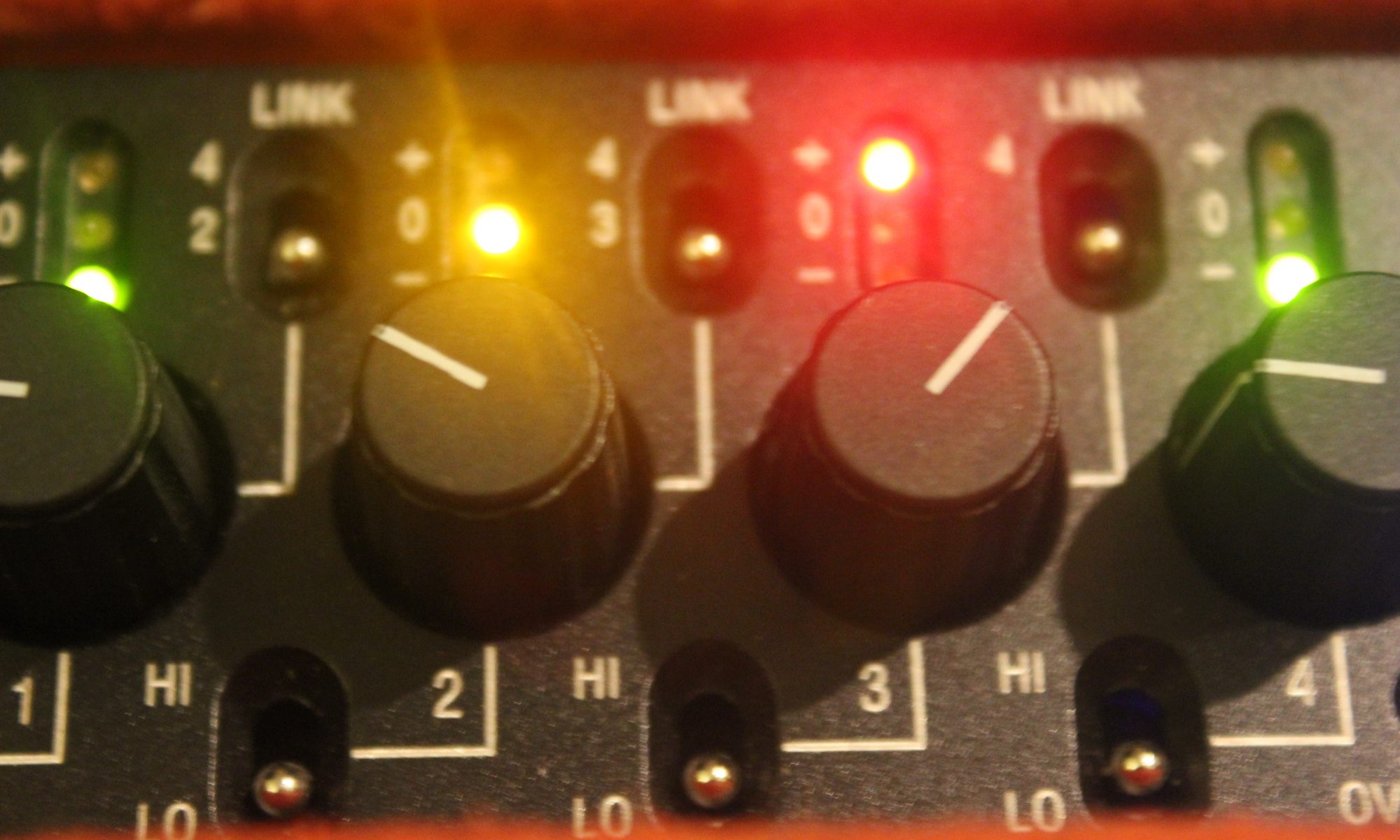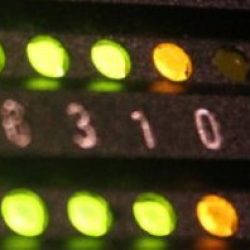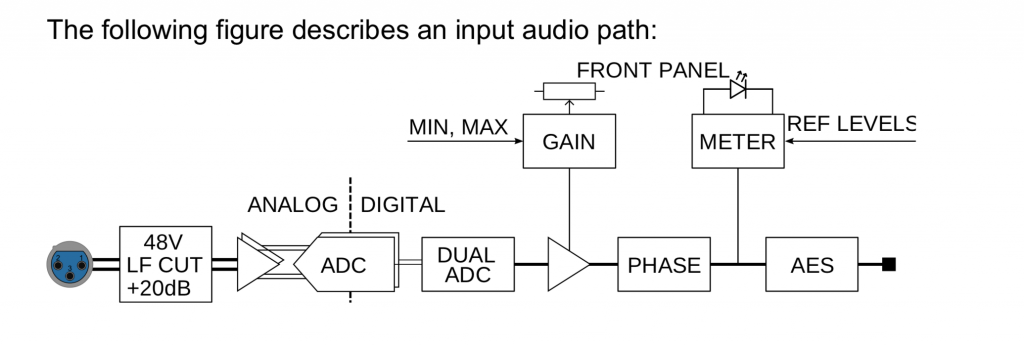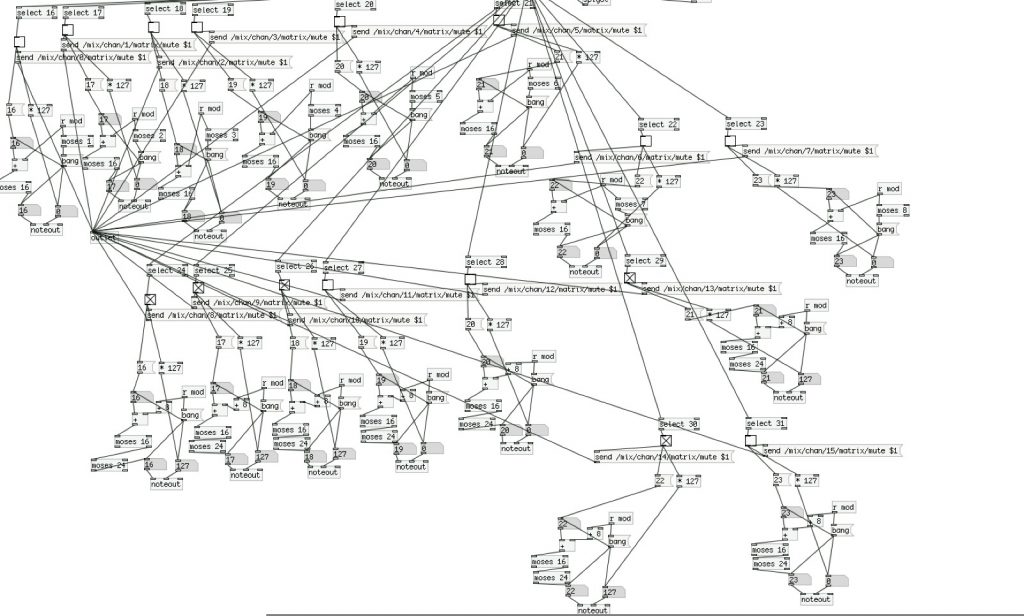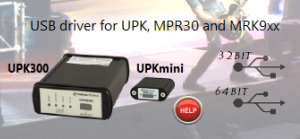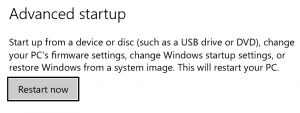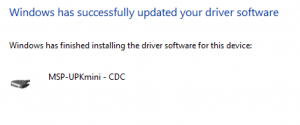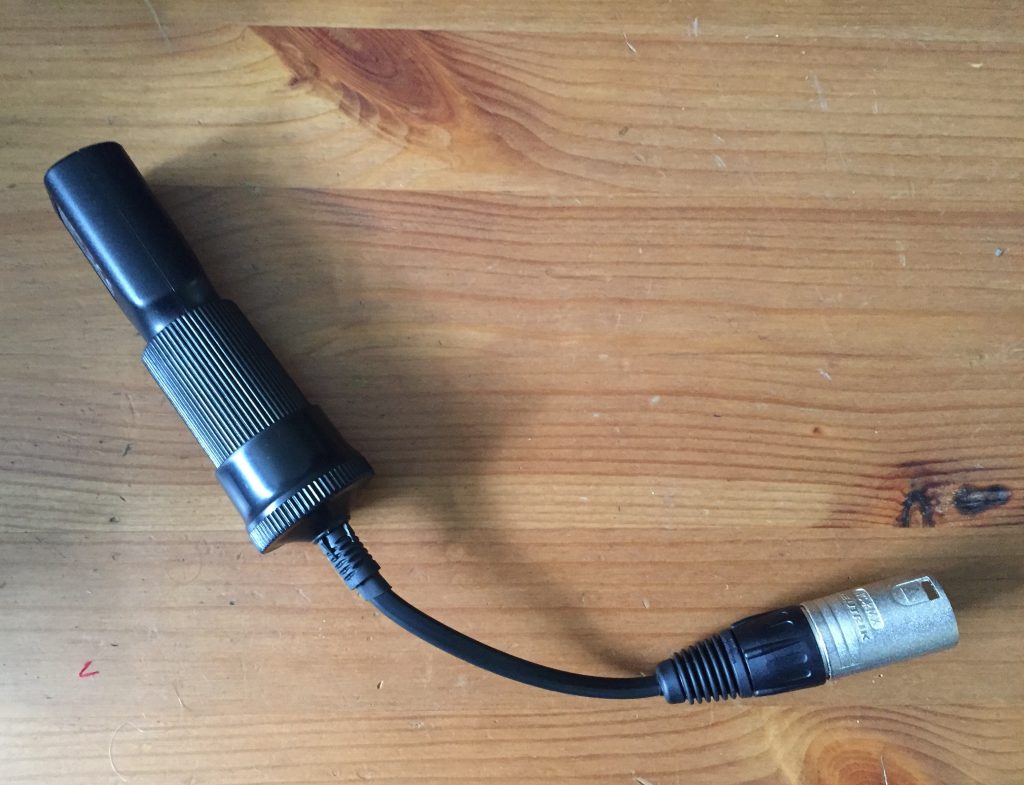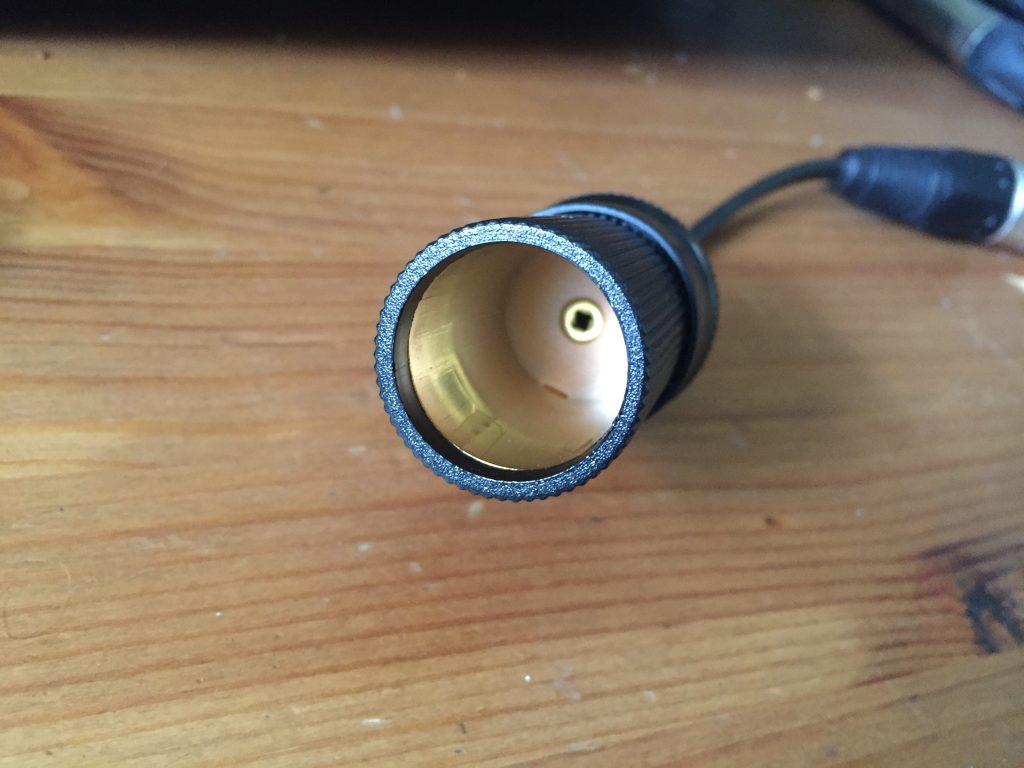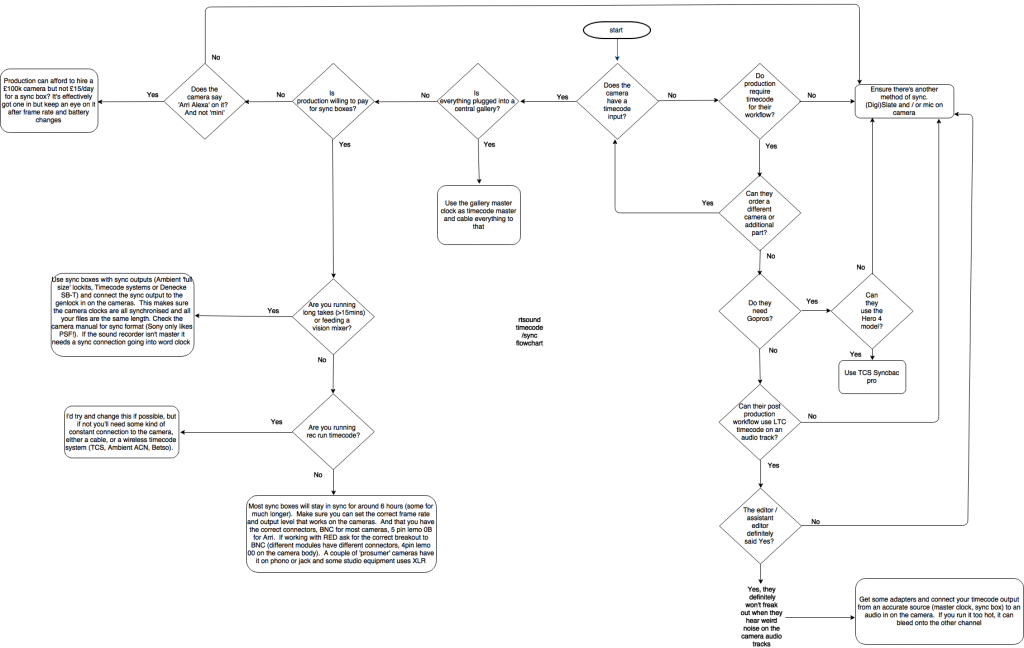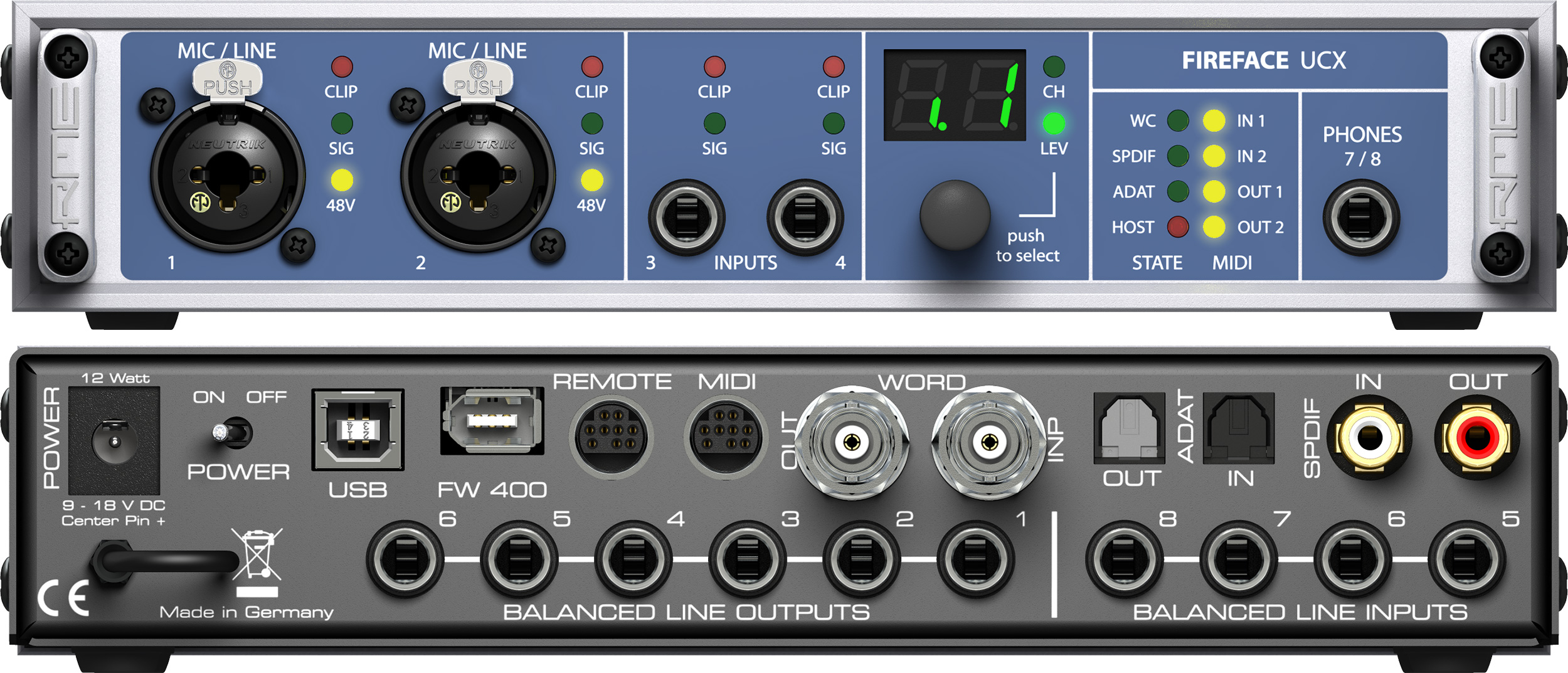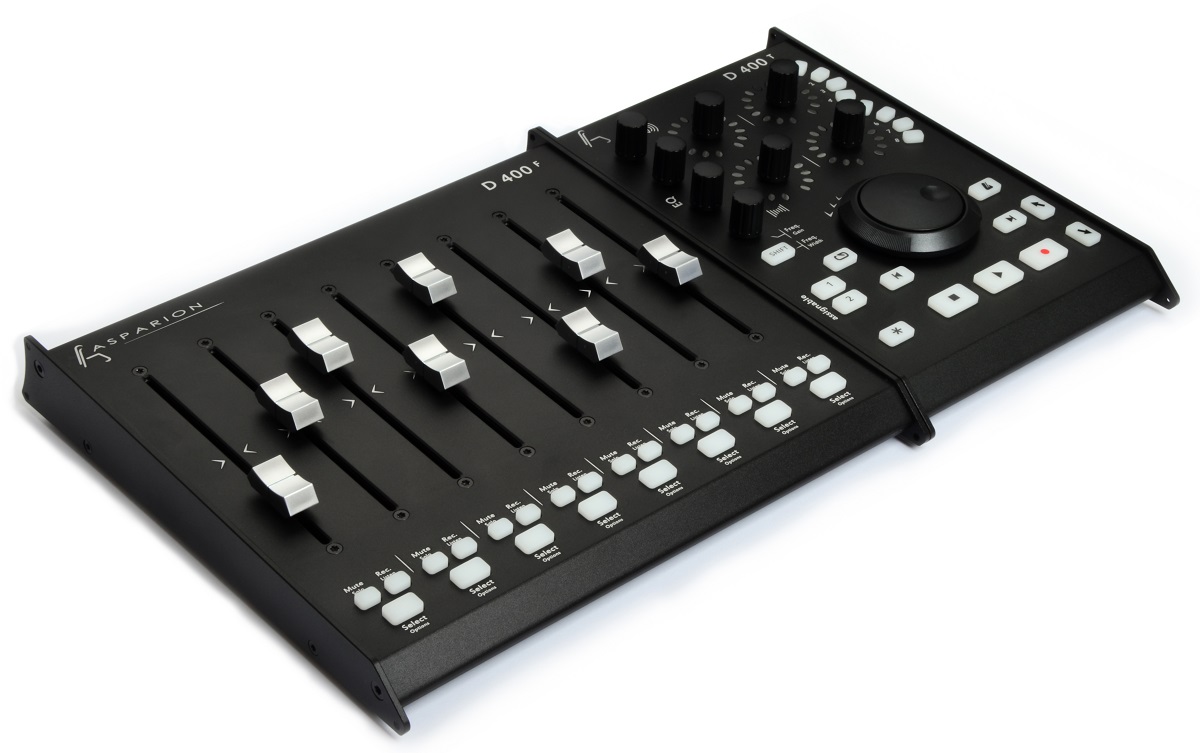This is a bit of an observation on how sound kit rental seems to be viewed from both outside and inside the department. Hopefully this will be useful for both sound recordists and production staff in budgeting and booking sound crew and kit.
Sound Recordist “with kit”
This is a phrase I see very frequently in requests for jobs and it seems to mean that productions want one of two things:
- An ‘all in’ quote, covering all eventualities
- Free kit hire
It’s not as simple as that, though. Different jobs have different requirements. Sometimes it’s looking at hundreds of thousands of pounds worth of kit and multiple recordists and assistants, sometimes it’s a mic on a stand. Talk to us! We can give you a quote (or at least a ballpark figure)- the earlier you do this, the more chance you have of getting the budget and expectations to fit. I can do an ‘all in’ price, but it won’t be cheap…
Why can’t you give us free kit?
It needs to be paid for, otherwise we’ll just be losing money. We’re putting really expensive things on actors or members of the public who could drop them or run off with them. Things break, we have to get them fixed or replaced. I don’t go out with the same kit every time and some things which get used more frequently end up paying for other things which I want to have handy, or things that make my life easier. Also, I’d like to be able to give newcomers the chance to rent proper kit and not be essentially ‘paying to play’ on personal projects.
But the DP has got a deal with the rental house…
That’s great! But it’s not something we can do. Because we generally own our own kit, we’ll only occasionally use rental houses for more specific things. We’re not likely to be able to influence a production company to hire a lorry full of lights for our next commercial.
How much?
For context I’m going to put some rough new purchase prices down for professional kit:
- Boom Microphone kit, £1500-£2500 (£800-£1500 for the mic, £400-600 for full wind protection and £300-£500 for the pole)
- ‘Bag’ Mixer/Recorder £3500-£6000. £10000+ for ‘cart’ machines
- Radio mics are where things get expensive. It’s around £3000 for a transmitter and receiver pair. Personal mics for them would be about £3-400 each.
- A “camera hop” = 2 channels of radio mics, as above and the camera mount will be about £400 too
So, for a boom, mixer/recorder, 2x radio mics and a camera link (so, 4 radio mics in effect), you’re looking at £17,500 worth of kit, not even including the batteries, cables, bags and cases to get it all working and to the job which could all put it over £20,000.
8 channels of radio mics, that’s over £25,000 on its own. And having more starts to bring about the need for RF distribution, remote antenna systems and even more boxes which can be thousands on their own
Can’t you use cheaper equipment?
It’s usually the case that we’ll choose the best tools for the job. Rental rates seem to be based more around what something does than the purchase price and the difference between prosumer and professional kit isn’t that much. Part of this is that the prosumer kit isn’t going to be designed for such intensive use, so will require more frequent repair and replacement (in fact, some manufacturers won’t repair it at all), so may have a higher running cost than the professional stuff.
Some recordists may have some prosumer items in their kit, but again- it’s stuff that won’t last as long and they may have made that call and deemed it the right tool for a particular job.
Can you use our equipment?
Usually no, although there can be some exceptions. Prep time would be required to test and put it together. I also have a co-ordinated set of radio mics. Extra ones from another manufacturer may not be compatible with the same plan, adding more isn’t straightforward- it makes things quite a bit more complex.
Why are UK rental rates as they are?
For a long time, throughout the 80s and 90s we were more limited with the equipment available to us and its capabilities. The kit was by no means cheap, but there was a more limited supply and it had more limited capabilities. An SQN field mixer, a boom and couple of channels of radio mics was all that was required for nearly all jobs (with the addition of a Nagra tape recorder for drama). That kit could last most of a sound recordist’s career- so they could save up, buy it and then rent it out as a ‘kit’ to production on every job. Rental value got to around the 1% of original value mark and stuck around that point.
Now we’ve had an acceleration in technology, it’s giving us the ability to point a lot more cameras at a lot of different things at once. This has meant we’ve become a lot more dependent on (and able to record) multiple radio mics. Now we’ve got small, ruggedised computers effectively. Sound Devices has released 5 different professional multitrack ‘bag’ machines in the last 10 years.
We’ve had 2 major re-allocations of radio frequencies, mandating new radio mic kit and there’s a big investment in digital RF kit to fit all the channels in. Although our microphone technology is staying mostly the same, there may be some increases in rental price coming up to compensate for the rate of turnover of equipment
Budgeting (and where you can save money)
Ok, so how much should you be looking at? I’m not going to put any prices down here (you can probably figure them out from recent quotes), but general guidelines for would be:
1x radio mic system per person simultaneously on camera at a time
1x boom + mixer/recorder per recordist
2x radio mic per 2 channel camera send
0.5x radio mic per set of wireless headphones
1x sync box per camera
Anything that can be hardwired is much cheaper, however moving it is more difficult.
Equipment for drama and commercials tends to charged for more as a ‘kit’. Higher end feature and commercials kits are often specced to cover ‘almost any sound recording situation’ in order to give production and director maximum flexibility. However, it won’t necessarily cover any courtesy feeds for clients or additional sync and playback equipment.
